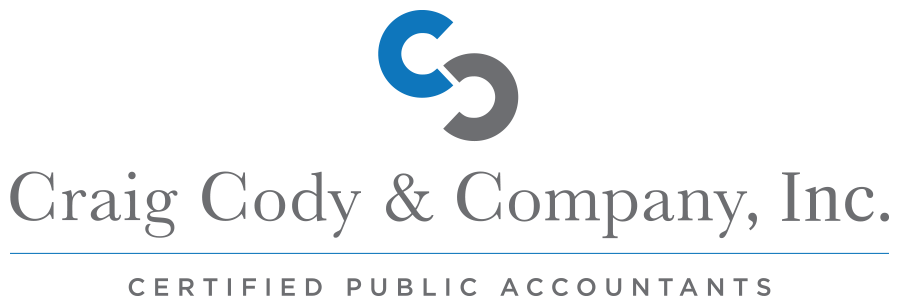When it comes to depreciation of equipment I think most people understand depreciation of real
estate. How would you advise your clients to depreciate real estate over the whole 39 year period
of time or accelerate that.
Give us some give us some tips about accelerated depreciation potentially for real estate a tip
typically you know if somebody is buying real estate and they’re already in the top bracket we
want to take as much of that depreciation upfront if at all possible.
So we would recommend typically instead of just buy a building let’s just say for $390,000. And
lets assume the land is worth a $100,000. The building is worth $290,000 typically somebody
would write off that building over 39 years. So we would recommend normally a cost
segregation study where they actually come in they break that building into different parts. So
some of it you get to write off in five years some of it you get to write off over 7, 10 and 15 years
so that taking more of the depreciation off upfront that’s what we would normally recommend.
So when you do that your cost segregation analysis first of all why don’t regular CPA’s talk
about this. I’ve had a handful of CPA’s and nobody’s ever told me about that. Finally, I had one
that said you might want to look at this because you have 7 commercial buildings. Maybe it
might be time as a strategy to have a Cost Segregation analysis done and we can see if we can
get that depreciation accelerated a little bit for your benefit.
I don’t know why they don’t recommend it but here’s the
beautiful thing about that. Let’s just say you’re in your building for five years and then you meet
me and we talk about cost segregation and we do a plan and we realize that if you had used the
Course Segregation you’d have written off an extra $100,000 over those first five years. We file a
form and we get to take all that missed depreciation in that fifth year or sixth year. That’s
beautiful. So it’s not gone forever.
So what happens if all of that depreciation that you’re using gets you down to zero or even the
IRS owes you some money will they pay that in the form of a refund immediately. Or how does
that work.
If you’ve basically overpaid and they owe you money you have the option of you know receiving
it as a refund or applying it to your taxes next year.
And if that is the case where that depreciation expense takes you down below zero it creates
what we call my business a net operating loss. You have the option of taking out loans and
applying it to the previous year. And I’m working with a client right now and he’s going to get
$45,000 back from 2015 based on the loss that was created.
That’s beautiful. So you’re saying that hope is not lost. In fact you’re going to go back and you
can you can still apply that to previous years correct. Very nice. So can you explain it just a little
bit more for those of us that are lost right now so cost segregation analysis for a let’s say a single
dental practice stand alone building. So it’s $500,000 what they’re looking for is different
elements of the inside of that building and the outside of that building are going to depreciate at
different rates. Correct. Yes. So what you’re doing is maximizing the depreciation for the carpet
or the paint or the sidewalk outside wall or your landscaping etc…
Instead of saying everything is 39 year property we’re saying well these cabinets are seven year
property. This carpet is 7 year property. Your landscaping is 15 year property. And then instead
of taking it all over 39 years we break it down into kind of like tranches and we depreciate that
piece over that period of time. So over 39 years you still get the same amount of depreciation
expense. You’re getting more of it upfront. And again one of the key things about that is if you
didn’t do it this way from the beginning and you’re doing it in year five now you get to go back
and recapture all that that you would have taken and take it in year five or year six.
That’s fun. That’s great. That’s great news because you know we all know that sometimes when
you have a great year it’s like it’s really good news. But at the same time it’s like oh here we go
this tax bill is going to be really big. But if you’ve never taken advantage of cost segregation
analysis and you have say two or three commercial buildings even one commercial building that
you’ve never done that analysis you can apply it to that big tax year and really really see some
savings there.
Most definitely yes. So does that that. That only works for commercial buildings. Is that work for
rental properties as well.
It works just as well for residential rentals.
Very nice. And do you see the same type of savings in those buildings or do things depreciate
faster if there’s actually a business running in them.
Well if there’s a business running in them and it’s a commercial building that is 39 year
property if it’s a residential It’s 27 and a half years. So the thing is you know depending on the
price or the value of that residential property it really has a bearing on how much extra
depreciation you’re going to get upfront.
Listen to the full episode here.
Request a free copy of my latest book !0 Biggest Tax Mistakes that Cost Business Owners Thousands.

Newsletter
Subscribe to our Newsletter! Join our mailing list to receive the latest news and updates from our team.

